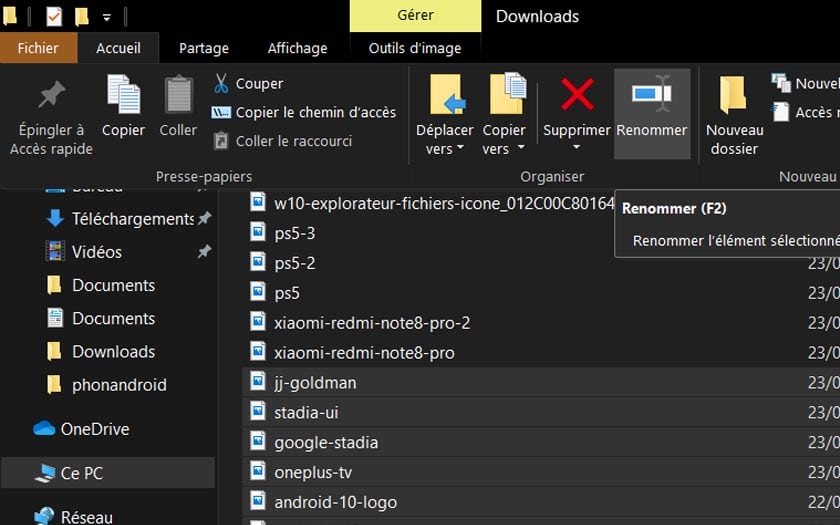
Replace C with the drive letter of the partition where the file is located.
In Command Prompt, type the following commands to navigate to the desired location where the file that has to be renamed is located. Replace C with the drive letter of the partition where the file is located. Although you can use many third-party tools to get this job done, Windows 10 provides some ways to quickly rename multiple files using File Explorer, and even with more flexibility using a single command with PowerShell and Command Prompt. In Command Prompt, type the following commands to navigate to the desired location where the file that has to be renamed is located. Solution 2: Rename Multiple Files with The Command Prompt Solution 2: Rename Multiple Files with The Command Prompt Click the start button. Type the following command to rename the desired file:. Replace C with the drive letter of the partition where the file is located, Path is the full path of the folder where the file is located: Type the following commands to navigate to the desired location where the file (to be renamed) is located. Once it’s displayed in the, click it to open it. However, knowing the basic syntax of the command which is used to rename files will do no harm and this is what we’re out to do so in the following lines. 
Solutions Solution 1: Rename A Single File with Command Promptįor renaming a single file, Command Prompt isn’t really that necessary as it can be done easily with the help of Windows Explorer. Also, the script doesn’t require any administrative permission, and therefore it will even help out users at their workplace as organizations usually only provide users with basic level user accounts.

This article intends to make use of Command Prompt to rename both a single file and multiple files with a simple script.






 0 kommentar(er)
0 kommentar(er)
